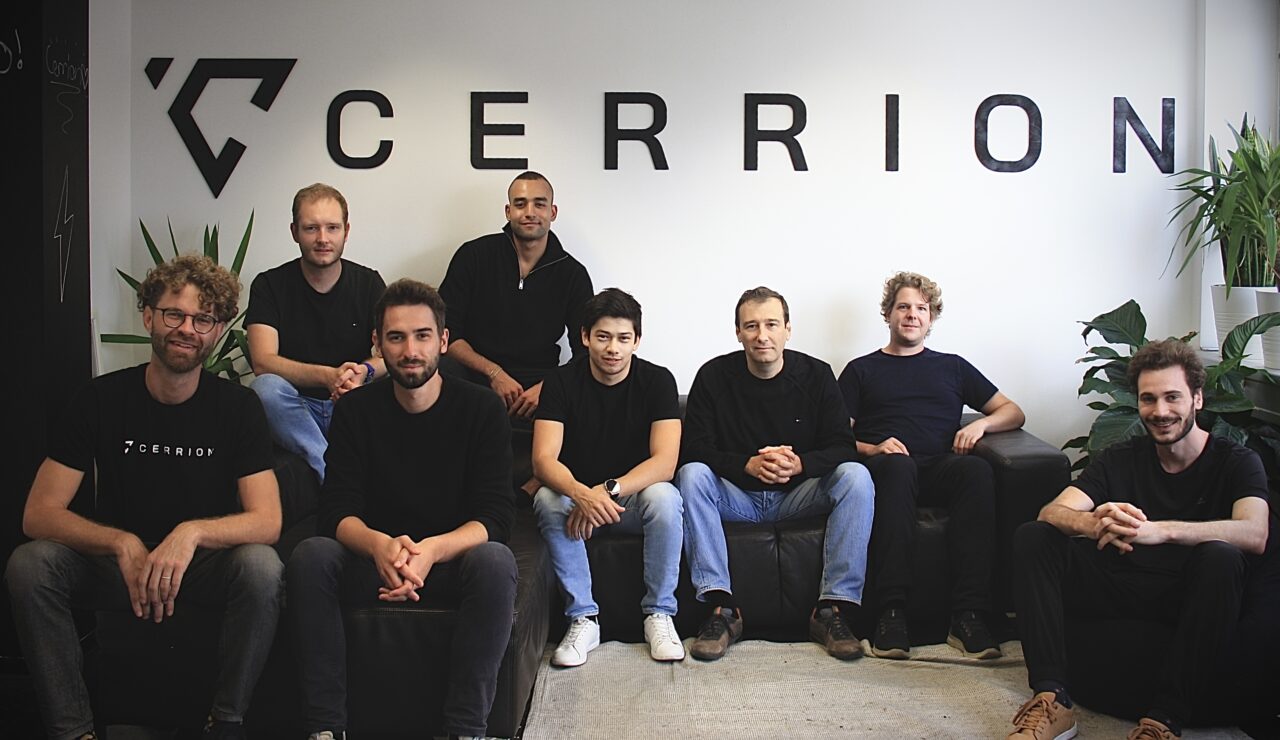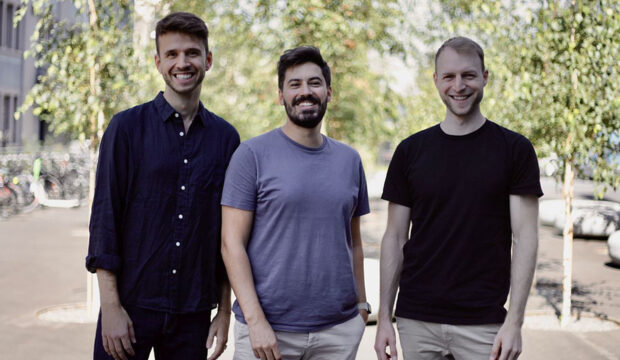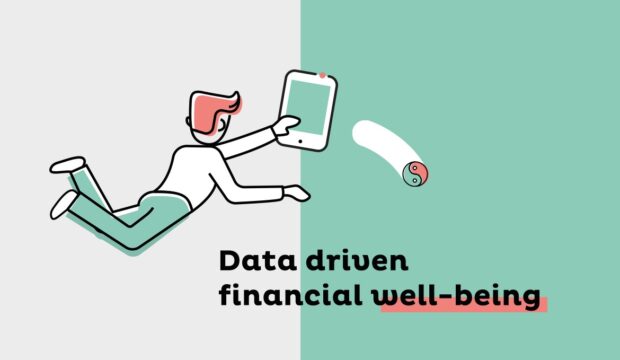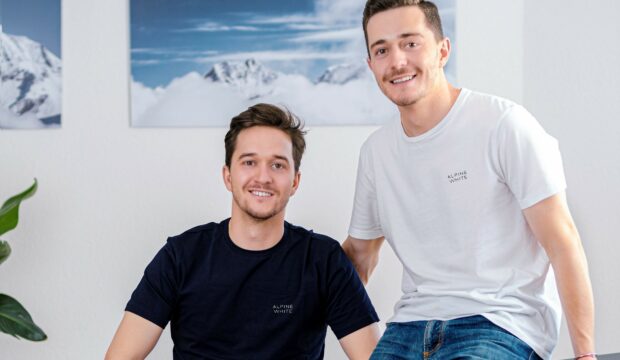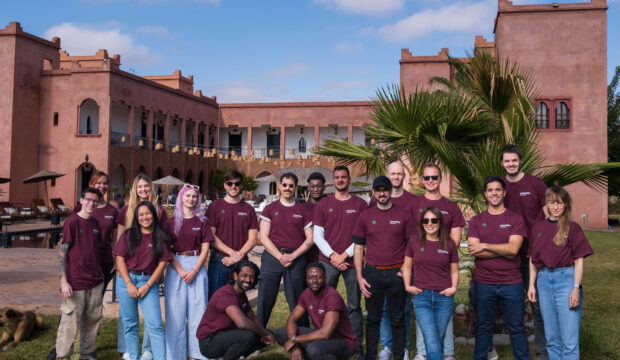
Karim Saleh, CEO & Founder of Cerrion, shares how his startup is solving a problem in manufacturing through AI technology, working with LEXR, and his advice for the industrial sector.
Karim, tell us a little about yourself and how you started Cerrion.
I am Karim, the founder of Cerrion. I’m originally from Egypt, where I grew up, and first came to Zurich to study at the ETH. Immediately after my studies at ETH, I started talking to various manufacturing companies about the possibilities of achieving exponential growth in the industrial sector through technologies such as AI, computer vision, etc. We very quickly identified the fact that the industry still has a transparency problem, and that’s really where we started.
How did you identify the market potential for Cerrion in the manufacturing sector?
In my case, I asked people directly. About a year before Cerrion was founded, I spent my time talking to different manufacturers and the different stakeholders. I found out what their challenges were, what the status quo was, where the technology could fill a gap and how big that pain point was. Together with the team, we then found a problem that we could solve, and initially ran consulting projects where I tested different approaches. Eventually we found the approach that would allow us to solve the problem with technology. We also clearly saw a market pull, in the sense that customers were willing to pay us for projects without us having a product, just on the basis of the vision. That was a strong signal for us to go all in.
What challenges have you seen in the production teams and how does Cerrion solve these problems?
We learned fast that things can go wrong very quickly in production. The processes have become very complex over time and there are a lot of processes and machines, so it’s easy for things to go wrong. The challenge is to keep track of where things are going wrong. As a result, you always need someone who is constantly there to look at what has actually happened and why. So we said that instead of having a person constantly watching everything, which a person cannot do because of their limited attention span, we are trying to replicate that task with AI. Humans observe the processes with their eyes, which can be done with standard video cameras. The cameras are then installed at various points throughout the production process. The video streams from the cameras are then analysed by the AI. The AI learns what the process looks like and can automatically detect anomalies and classify them into different types of issues based on simple human feedback. Depending on the type of problem, we can then decide whether to stop the machine or the affected section. This allows us to reduce safety risks, increase efficiency and save the customer money. It also means that a worker does not always need to be on site to monitor the process, allowing more efficient use of labour. We have also developed a platform where all the data is stored. This allows production teams to optimise production and decide what to focus on.
What challenges did you face in turning this idea into a product? And how did you overcome them?
Manufacturing in general is very hectic, there are always 1000 fires to put out. The difficulty for us was not how to build a vision technology that recognises that, but how to get it to people in the easiest way possible. How do we build interfaces that make it very easy to capture that value? For example, we’ve built a ticketing system that tells people: look, here’s a problematic pattern, here’s the videos and all the information you need, do something about it. We also suggest what you can do to fix the problem and then tell you whether the problem has been fixed or not. Our biggest challenge has been to understand how the industry works today and how we can fit in without being seen as an additional system. We did this by spending a lot of time with our customers. We have customers in different countries and we travelled to them to iterate and gather feedback. Technologically, AI was not trivial either, the solution is to have a good team that is able to do it.
So Cerrion’s technology helps to react quickly to process anomalies. Are you continuing to work on making the process faster, or what are your plans for the future?
We are working on making Cerrion even faster and more reliable. There are several things that need to be taken care of so that the lines can run unattended when Cerrion is there. Another issue for us is to make the AI more transparent, to provide more governance for the AI and to develop the whole system more towards self-service. We already have a clear roadmap for all this. We are currently working on comprehensive analytics dashboards and automated suggestions on what to do in the event of various problems. The goal is to create a user interface that allows a production engineer who knows nothing about AI to solve problems quickly and easily.
Cerrion is mainly active in the industrial sector, a very traditional sector. What is it like to introduce an AI innovation in this traditional sector? How has it been received by the industry?
I think the whole thing was very much driven by a pain point. The industry has a lot of pain points, they need to become more efficient, they need to become more sustainable, they need to increase safety and they are struggling to find skilled labour. So there’s a lot of pressure on the industry and they can’t maintain the status quo. So we came along and said this new technology can solve this problem that you couldn’t solve before. We have seen a good response. I think at the end of the day it makes no difference to the customer whether it is AI or not. At the end of the day, what’s important to them is that you can solve a critical pain point. How you do it is less important.
You also needed to protect your product. That’s why you signed the licence agreement and other contracts with our team. How did you come across LEXR and what was it like working with them?
One of our investors suggested LEXR to me because we had a lot of legal work in general. We also had investments from Silicon Valley investors in the US, so we needed a US holding. We also had American lawyers, but LEXR handled everything for us from the Swiss side. From the founding of the company to licence agreements, service agreements and other contracts. Because we are in the manufacturing industry, where companies tend to be highly consolidated, we often deal with large companies. For example, we are now working with Fortune 500 companies in the US, where legal issues are very critical and contracts are scrutinised down to the last word. LEXR has been a great help here, especially because Thomas and his team have always been very responsive. I usually had feedback within 2-3 days and was able to sit down with the client’s legal department very quickly.
Do you have any advice for founders who want to go into manufacturing with their technology solutions, just like you did?
Manufacturing is not the easiest industry to get into or do anything in, but it is very rewarding, especially from a technological perspective. The impact you can have in this area is huge. My advice is to understand that you shouldn’t try to take technology and find a use case for it. It’s better to find a pain point through exchange and then invest into finding the technology to solve that pain point. So you should try to understand what is the pain point that companies would invest in, how is the problem measured today, how is it evaluated and other issues to ultimately find a solution.
Is there anything else you would like to mention?
The opportunities in manufacturing are huge. The industry loses about a trillion dollars today due to unplanned downtime, that’s a lot, and it’s a great opportunity to bring technology into the industry. In Europe, the lack of skilled workers is a huge problem because experience is being lost. There is also great potential to find a way to retain this experience through technology. I think this is very important for the long-term future.
Related
100+ companies, both big and small, are starting and growing their business with LEXR.
Let’s Go!
Book a free, non-binding discovery call to discuss how we can help you achieve your business goals.
Or feel free to reach us directly via email at [email protected].
